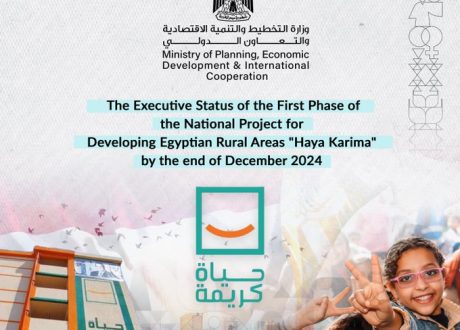The World Bank’s portfolio for social protection in Africa, is currently more than $7.8 billion across more than 50 projects, constituting 12 percent of Africa’s support for International Development Association (IDA), the World Bank’s fund of the poorest.
The Africa Human Capital Plan’s goals are ambitious, with plans to expand social protection coverage for the poorest quintile in low income countries, by additional 13.1 million by 2023.
The World Bank Group is rapidly expanding its social protection investments, and as part of the newly unveiled Human Capital Plan for Africa, it is setting ambitious targets, such as increasing safety nets and job training, by 2023.
Every country in Sub-Saharan Africa has at least one social protection program, whether it’s a cash transfer, public works project or a school feeding program. And while the number of social safety net programs across the region has expanded rapidly, most of Africa’s poor and vulnerable people still lack coverage.
“Strengthening social protection is a key component of our global human capital strategy because these programs benefit not just children, but also entire families, offering the world’s most vulnerable people protection throughout their life cycle,” said Annette Dixon, World Bank Vice President for Human Development. “Social protection systems create the foundations for more just, equitable, and inclusive societies, helping ensure the prosperity and stability of nations.”
Countries are looking for solutions, and the World Bank Group is working with partners around the globe to provide the advice, financing and support necessary to tackle poverty, build human capital, and improve the health, education and skills of poor and vulnerable families. The World Bank helps countries around the world design, deploy, and finance social protection systems so that ultimately, people have the tools to thrive.
“Social protection programs are at the heart of boosting human capital for the world’s most vulnerable,” said Michal Rutkowski, World Bank Global Director for Social Protection and Jobs. “They empower people to be healthy, pursue their education, and seek opportunity to lift themselves and their families out of poverty.”
Egypt is using social protection programs to help its most vulnerable. The Takaful and Karama Program (“solidarity and dignity”) was launched in 2015 with $400 million in World Bank funding and as in Indonesia, income support to families is conditional on keeping children in school and ensuring access to health care. But Egypt’s program also extends assistance to the elderly, providing poor citizens over age 65 with an unconditional small monthly pension. To date, Takaful and Karama has benefited more than 9 million people, or about 10 percent of Egypt’s population.
In fact, a new report on Realizing the Full Potential of Social Safety Nets in Africa found that just 10 percent of all Africans are covered—and poverty rates are higher than coverage rates in most areas. The Human Capital Index (HCI) also finds that, on average, Sub-Saharan Africa realizes only 40 percent of its human capital potential – the lowest score among all regions—and 25 of the bottom 30 countries in the Index are in Sub-Saharan-Africa.
Increasingly, social protection programs are designed to be adaptable, so that support can be increased during difficult times, when conflict, economic shocks, or weather-related disasters would otherwise erode human capital. Known as “adaptive social protection,” these programs help protect a country’s human capital investments by building resilience, so that vulnerable people don’t fall deeper into poverty during difficult times. As a result, social protection measures often lie at the nexus of humanitarian and development response, as safety nets have become a primary means for governments to provide quick and direct support to the affected populations.
During disaster and humanitarian crises, for example, government provide cash transfers directly to families to help people manage risks and cope with shocks. As a result, they allow households to keep children in school and ensure adequate shelter and nutrition—such as when the Bangura family home burned down in their coastal village in Sierra Leone.
In 2016, Southern Africa experienced the worst drought in more than 30 decades, with 32 million people experiencing food insecurity. This also resulted in increased levels of malnutrition, and difficulties in accessing water—all of which led to higher drop-out rates, and increased rates of communicable diseases, brought about by urban migration.
In response to this humanitarian crisis, the governments of Lesotho, Madagascar, Malawi and Mozambique made critical efforts to expand their safety net programs to help ensure coverage of the affected populations, with the support of the World Bank. In the case of both Malawi and Lesotho, both countries decided to expand pilot safety net programs to national scale. In March this year, Cyclones Idai and Kenneth affected millions of people in Southern Africa and claimed more than 1,000 lives. To help with the recovery, World Bank Group President David Malpass announced $ 700 million in assistance for the three most-affected countries – Mozambique, Malawi and Zimbabwe— covering more than 105,000 households affected by the emergencies.
“Social protection programs are at the heart of boosting human capital for the world’s most vulnerable,” said Michal Rutkowski, World Bank Global Director for Social Protection and Jobs.



اترك تعليقا